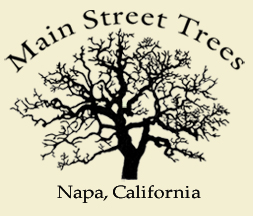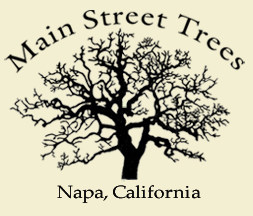Our farm is hosting another Fruit Tasting this Sunday, Nov 30, 2014 at 3:00 if it is not raining. There should be around 20 fruits to taste such as 5 different pomegranates, fresh and dried persimmons, several citrus including Australian Finger Lime, Pineapple Guava. The $5 charge includes a partial farm tour of young and old fruit trees, demonstration of ecological farm practices, food grown in containers, backyard sized chicken coop and run made out of 2 discarded trampolines and more. Tell your fruit loving friends! We will try to hold this almost every week to learn and taste fruit and see how to care for and harvest year round by learning a little at a time and tasting what is ripe each week.







